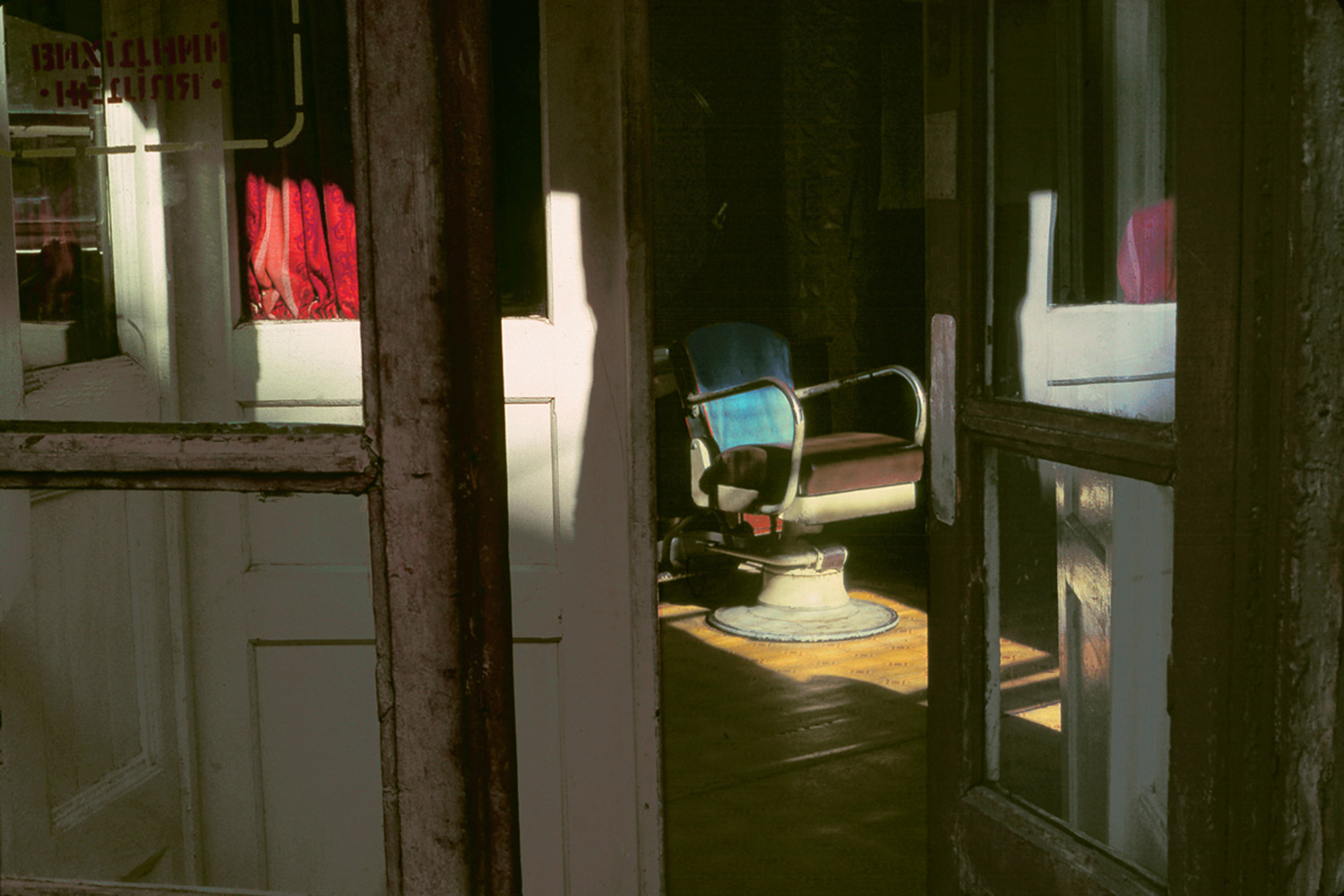
Though somewhat of a complex craft, the art of photographic printing isn’t exactly rocket science—that is, until an artist like Boris Savelev approaches the process, and decides to push it further.
Savelev, who spent his working life in the former Soviet Union as a rocket engineer, brings the same methodical eye to his photography and printing process. He has experimented with color photography since the 1980s, but those early attempts left Savelev unsatisfied with the resulting colors. That dissatisfaction has become a theme for his artistic trajectory; since then he has tried various printing techniques for his photographs. Color Constructions, a new exhibition of his work, represents the apex of his experimentation in printmaking.
“I am writing my biography with them,” Savelev says of his images and the reasoning behind the one-of-a-kind process he prepares himself. “With each new image prepared for printing, my impressions are sharpened and the final print takes on a bright expression, a personal character.”
Savelev got his first major photographic opportunity in 1986. At the start of perestroika in the Soviet Union, Thomas Neurath of London’s Thames and Hudson book publishers visited Moscow in search of “unofficial” artists, and selected Savelev’s work. A selection of those images would eventually be published in 1988 as The Secret City, the artist’s first monograph. Though a success that would gain him international attention, the color quality of the images still left Savelev wanting more from his prints.
The materials used in the process for Color Constructions are surprisingly industrial; for this particular series, the images appear printed on sheets of aluminum, which Savelev prefers for its archival quality and says ensures the “colorful saturation of the hues” in each image. But the process, which does give the appearance of a broader tonal range of color, requires unique preparation for each image. Each panel is coated in gesso, an artistic primer usually used for painting, in order to receive the pigment from each photograph, and is waxed after the image has been printed. Because of the large size and uncommon materials, the image is made with a multi-layer, flatbed printer, custom-made in conjunction with Factum Arte, a Madrid-based studio. According to Factum Arte’s Adam Lowe, in designing the process the studio became filled with 3D scanners and disassembled digital printers.
The journey, physical as well as artistic, was a necessary one: “In Moscow no one knows or imagines what a multi-layered print on aluminum is,” Savelev says. “The culture of printing is lost, the tradition of master printers is forgotten, the studios are closed.”
The result is anything but synthetic. Many of Savelev’s images are from his hometown of Czernowitz, where he lived until 1966 when he moved to Moscow. A photograph of a vacant barber shop, dramatically cast in shadows, is an homage to a photographer friend of Savelev’s. The artist, also from Czernowitz, snapped a frame of the same barber shop in black and white that inspired Savelev with its beauty, and he dedicates his own uniquely moody color image to his late friend’s memory. The sum of Color Constructions is a nostalgic view of a Russia no longer in existence; the intent of the printing process is not as a technical exercise, but rather as a means to express the quiet, lonely scenes of former Soviet cities as faithfully as possible. The soft, dreamy colors that Savelev’s process renders are true to his film and his eye, which appear timeless—indeed, the series remains cohesive while including images shot in the past year as well as in the mid 1980s—and show the Russian landscape in an extraordinarily contemplative manner.
Savelev’s images belie the story of an artist seeking to overcome the gap between the image’s original emotive quality, and its representation on the printed surface. Through a process he’s honed slowly since beginning his career in photography decades ago, the complete control over the images is worth the effort, both for the viewer and the artist.
“I do not regret the time spent in search of new technology, or studying early methods and solutions, opening up for myself something personal,” Savelev says. “For me, the final goal is the print.”
Color Constructions is on display at the Michael Hoppen Gallery in London through Jan. 21.



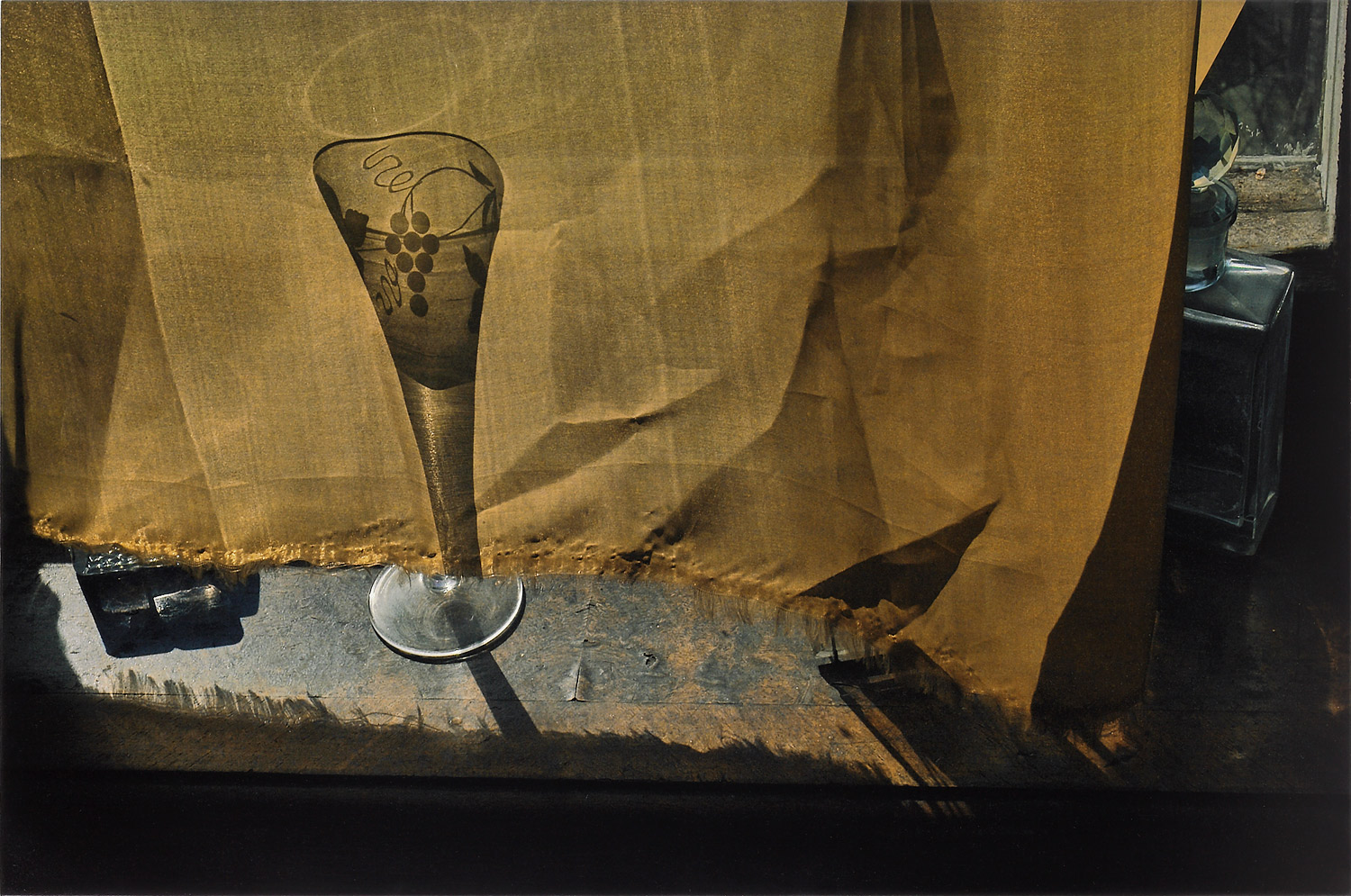
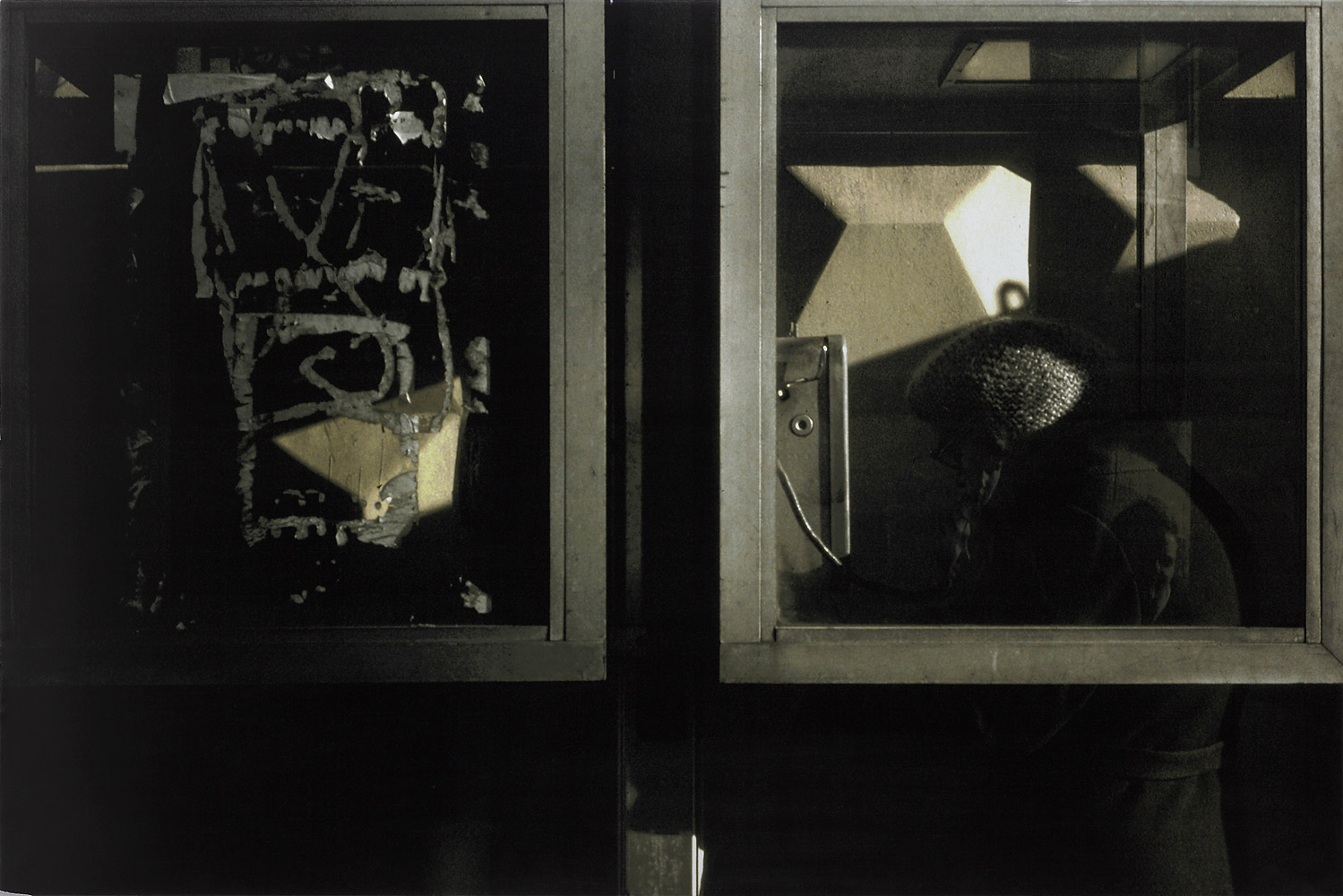
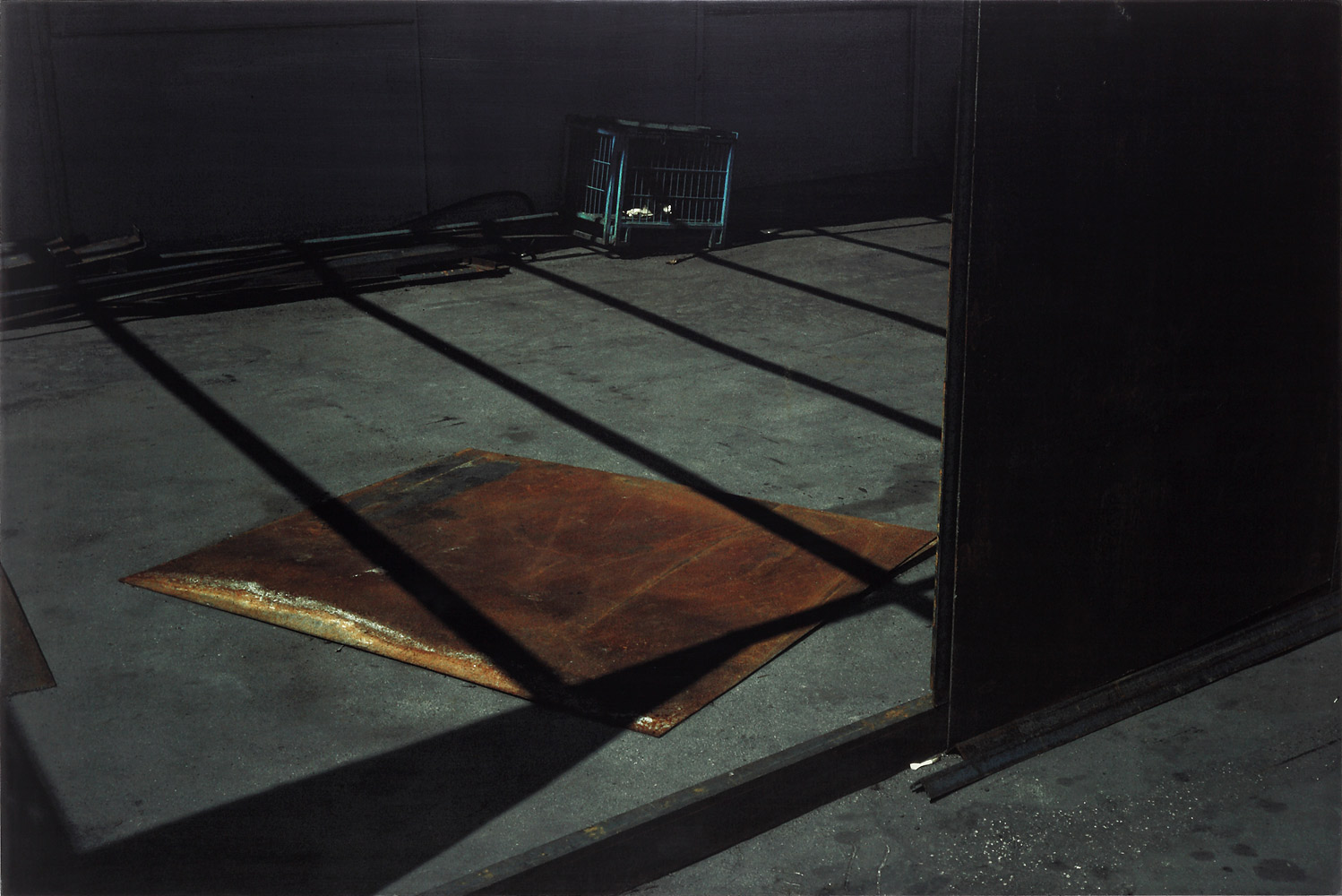

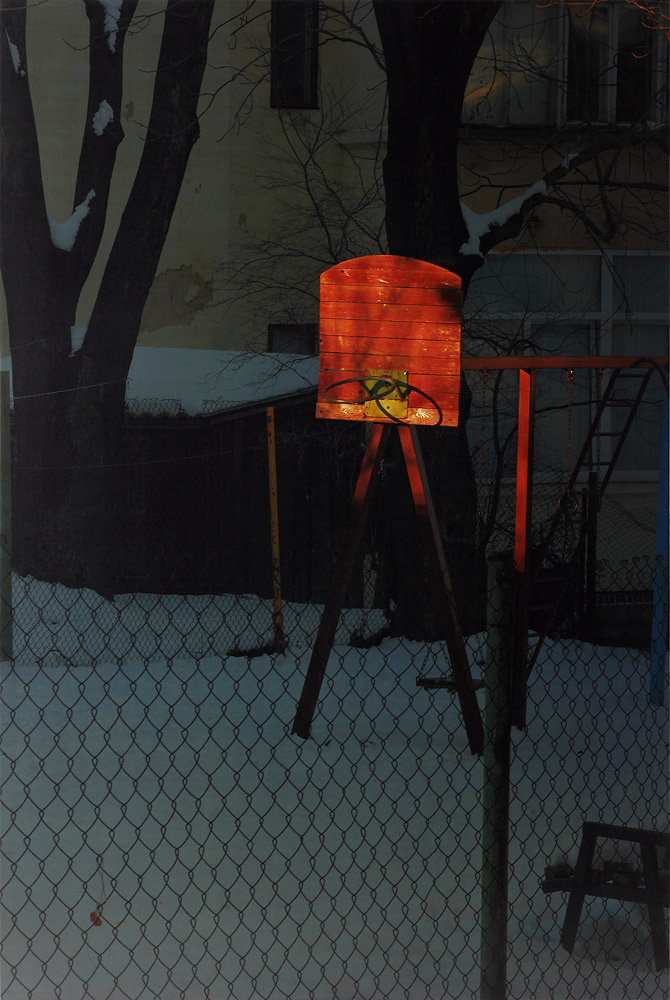
More Must-Reads from TIME
- Why Trump’s Message Worked on Latino Men
- What Trump’s Win Could Mean for Housing
- The 100 Must-Read Books of 2024
- Sleep Doctors Share the 1 Tip That’s Changed Their Lives
- Column: Let’s Bring Back Romance
- What It’s Like to Have Long COVID As a Kid
- FX’s Say Nothing Is the Must-Watch Political Thriller of 2024
- Merle Bombardieri Is Helping People Make the Baby Decision
Contact us at letters@time.com